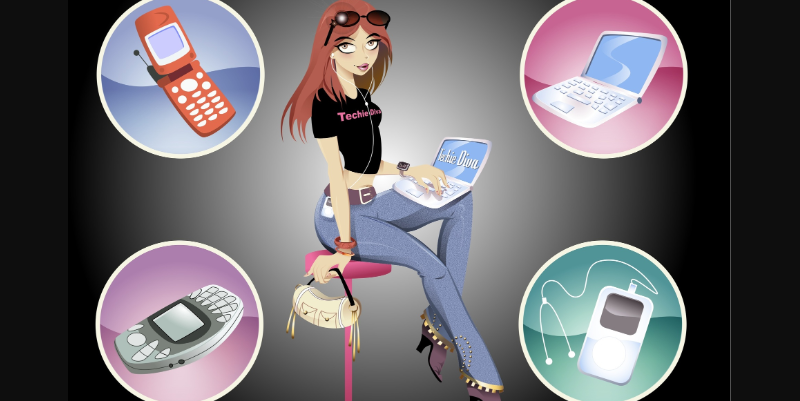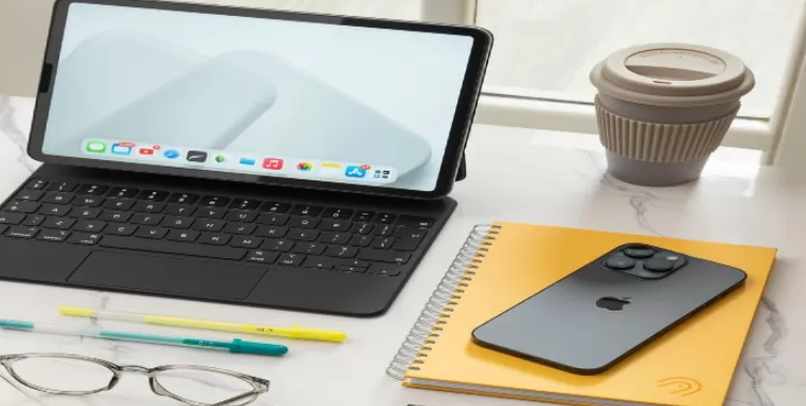-
Posted On Gadget Terbaru
Tujuan Gadget Dalam Aktivitas Belajar Untuk Meningkatkan Hasil
 admin
admin
Tujuan Gadget Dalam Aktivitas Belajar Untuk Meningkatkan Hasil – Gadget dapat diartikan sebagai suatu alat atau alat elektronik yang mempunyai…
-
Posted On Gadget Terbaru
Pemahaman Apa Itu Gadget Beserta Definisi Dan Contohnya
 admin
admin
Pemahaman Apa Itu Gadget Beserta Definisi Dan Contohnya – Kalau ngomongin gadget pasti selalu terpikir dengan hp kan? Padahal gadget…
-
Posted On Gadget Terbaru
Bahaya Yang Berefek Gadget Secara Langsung Pada Anak Balita
 admin
admin
Bahaya Yang Berefek Gadget Secara Langsung Pada Anak Balita – Salah satu hal yang tidak dapat dipisahkan dari kehidupan saat ini…
-
Posted On Gadget Terbaru
Waspada Imbas Negatif Menggunakan Gadget Sering Kali
 admin
admin
Waspada Imbas Negatif Menggunakan Gadget Sering Kali – Dampak negatif penggunaan gadget kerap menjadi perbincangan. Pasalnya, kebiasaan tersebut bisa berdampak…
-
Posted On Gadget Terbaru
Fungsi Penting Gadget Dalam Dunia Pendidikan Sekarang Ini
 admin
admin
Fungsi Penting Gadget Dalam Dunia Pendidikan Sekarang Ini – Perkembangan zaman yang semakin maju. Dari masa ke masa membuat gadget…
-
Posted On Gadget Terbaru
Peran Dan Pengaruh Gadget Dalam Kehidupan Saat Ini
 admin
admin
Peran Dan Pengaruh Gadget Dalam Kehidupan Saat Ini – Gadget telah menjadi bagian tak terpisahkan dari kehidupan kita sehari-hari. Dari…
-
Posted On Gadget Terbaru
Efek Buruk Main Gadget Dan Internet Untuk Anak
 admin
admin
Efek Buruk Main Gadget Dan Internet Untuk Anak – Para ahli menilai penggunaan internet dan perangkat (Gadget) saat ini semakin…
-
Posted On Gadget Terbaru
Anak Main Gadget Berlebihan Bisa Membuat Minat Baca Turun
 admin
admin
Anak Main Gadget Berlebihan Bisa Membuat Minat Baca Turun – Penggunaan gadget yang berlebihan. Oleh anak dinilai menjadi salah satu…
Categories
- Gadget Terbaru (20)







